Tethered capture, or the ability to simultaneously photograph, offload and preview capture results via a high-definition monitor, is one of the more liberating conveniences a photographer can experience.
Having the ability to trigger a camera remotely is an invaluable enough luxury on its own. However, the ability to further preview and precisely dial-in the important aspects of framing, focus and lighting is an unparalleled advancement in terms of the accurate assessment of the quality and flow of our work.
In fact, you may have noticed this subject cross your feed in recent months and wondered, is a tethered workflow right for me? Is it worth the time and investment for my style and work?
But tethering is only for pros, right?
Not in the least. Tethered capture is right for anyone who desires the absolute best result in-camera and beyond — amateur, enthusiast and pro.
For portrait shooters, tethering provides a clearer perspective on position and framing, as well as a more accurate rendering of the shape and mood of your lighting. It will also go a long way in helping to place subjects at ease when they see how great they look as the images begin to flow across the screen.
Product, food and stills photographers are the same. Whether amateur or pro, being able to effectively analyze and adapt is critical and a tethered view will always provide a superior window when decision time comes.
The process is a simple one. In fact, it’s never been easier. All you need are the proper cable kit and capture software and you’re off.
Step 1: Camera-to-computer connection
The first step is to acquire the proper connection cable. The cable packaged with your particular camera body will suffice in a small setting but is likely too short to handle the required mobility of most projects.
It’s important to note that camera USB cables are powered and the typical, normal-duty USB extension cable will not be able to make the data transfer without a signal boost.
The solution here is to invest in a Tether Tools 15′ TetherPro cable designed specifically for your body’s connection type. For lengths over 15 feet, Tether Tools recommends using the TetherPro USB 2.0 Hi-Speed Active Extension Cable.
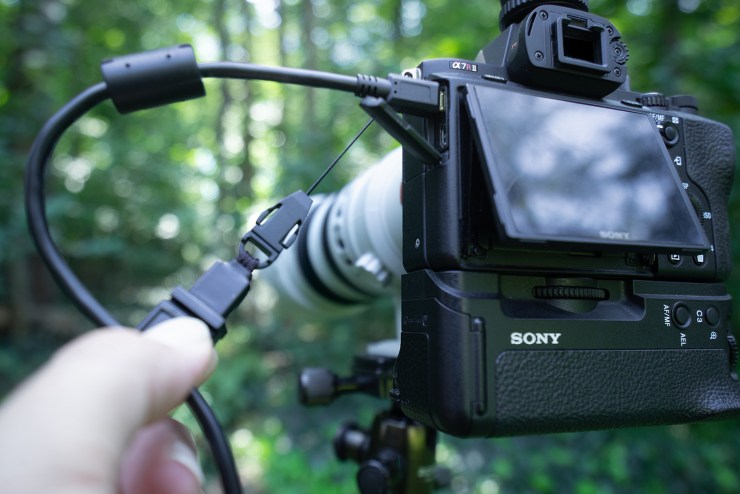
To minimize the chance of an abrupt disconnection, I decided to drop a few extra bucks on the Jerk Stopper cable manager for added confidence as well. This ensures my cable is routed cleanly and free from accidental yanks and pulls. If need be, we can always go wireless and remove the threat completely.
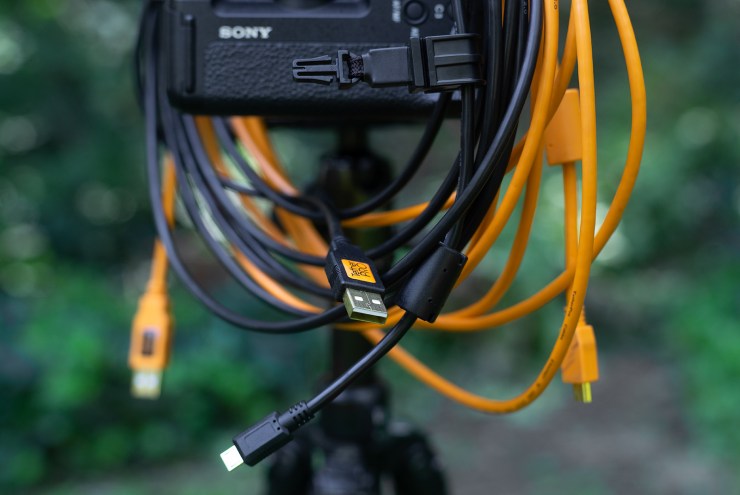
Widely-known for their trademark orange cable, Tether Tools produces a black version as well which I’ve grown to prefer in minimizing the potential for reflection.
Step 2: Software
Though most camera systems have their own proprietary software solutions for tethered capture, the current industry standards today are Lightroom Classic and Capture One.
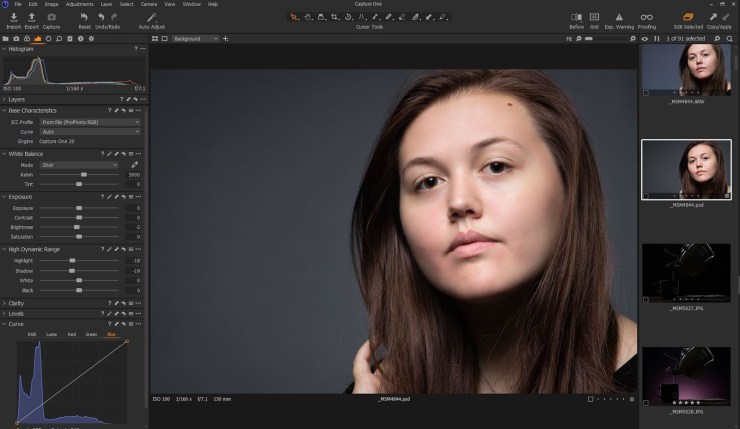
My own personal preference is a Capture One workflow, primarily for its Live View support with my Sony bodies, enabling me to verify position and framing in real-time. Lightroom Classic is an equally capable solution as well and is readily available for most photographers. I would suggest downloading and experimenting with both platforms and going with what works best for your needs.
Those interested in exploring a Lightroom Classic workflow, check out “What Is Tethered Shooting & Why Do I Love It So Much?” by colleague Erin Holmstead. In this piece, she shares some valuable insight along with everything you’ll need to get your tethered workflow up and running.
Whichever solution you choose, the images captured will now transfer directly to the workstation and bypass the memory card altogether. Which means no more chimping the camera back for focus. From here on out, we’re previewing in high-definition clarity.
Any adjustments made along the way, such as custom white balance, curve and color enhancements, can be applied automatically to succeeding images as we go.
Practical application
.mgl-tiles { display: none; } #mgl-gallery-6384bdbd36efe { margin: -2.5px; width: calc(100% + 5px); } #mgl-gallery-6384bdbd36efe .mgl-box { padding: 2.5px; } @media screen and (max-width: 768px) { #mgl-gallery-6384bdbd36efe { margin: -2.5px; width: calc(100% + 5px); } #mgl-gallery-6384bdbd36efe .mgl-box { padding: 2.5px; } } @media screen and (max-width: 460px) { #mgl-gallery-6384bdbd36efe { margin: -2.5px; width: calc(100% + 5px); } #mgl-gallery-6384bdbd36efe .mgl-box { padding: 2.5px; } }
Back only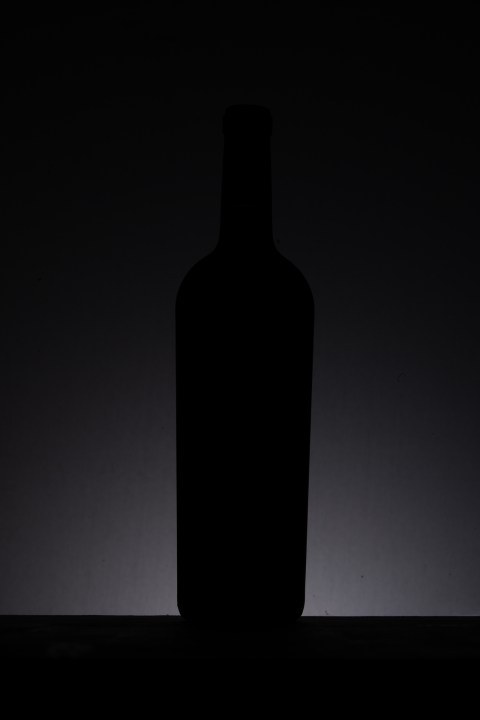
Back + edge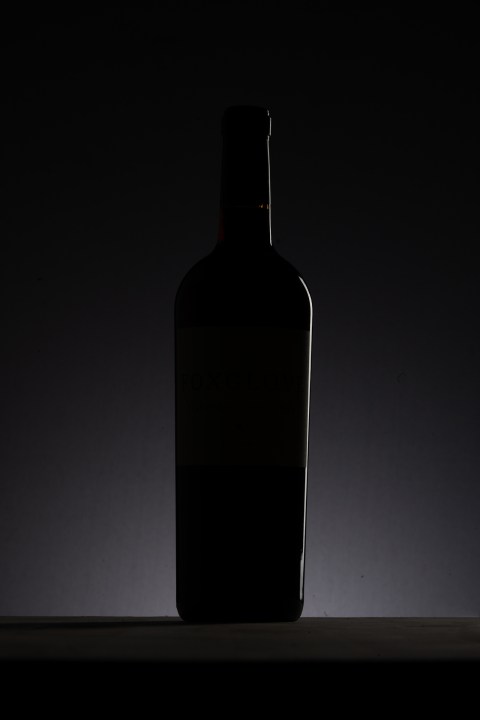
Back + edge + key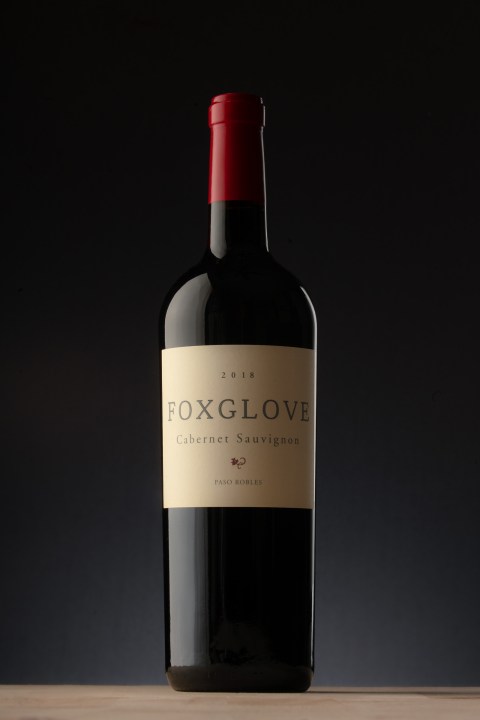
The example above is a standard three-light setup. First, we have a backlight with a grid for background separation; then we have an edge light at the rear camera-right finished with a key light at front-left, both scrimmed and feathered away from the background along with a few strategically placed flags to help mitigate reflection and flare.
These three images represent a catalog of approximately 100 images in total, each light requiring multiple tests and adjustments in terms of its position and gradient. Having the ability to quickly view the results in a large format enabled me to keep pace and make informed decisions.
If I were punching in and scanning focus from the camera-back alone, not only would I still be shooting, I’d almost certainly be accepting inferior results by comparison. Taking a quality pre-process approach helped to produce a far more appealing result and saved a ton of time in post.
So, is tethering right for you?
For those whose interests are primarily in the landscape, street, event and perhaps wedding genres, a tethered workflow would likely be as counterproductive as it would be inconvenient. On the other hand, for those working repetitively from a somewhat fixed location, there’s no better way to go.
To quickly recap:
- Connection cable — verify body and workstation connection sizes; Jerk Stopper cable manager is recommended for a solid connection.
- Lightroom Classic is excellent and available to most photographers; does not support Live View.
- Capture One is stand-alone with a massive arsenal of the functionality on its own; supports Live View.
- Software packaged with most cameras today offers equally capable solutions for tethered capture, Live View included.
- Hook up and don’t look back.
The ability to accurately monitor image quality (or lack thereof) has been invaluable to my own growth in viewing my work more honestly. As the years roll by, I learned that I cannot trust my eyes and the camera back alone. Working tethered allows me to assess, adjust and move forward in confidence.
If you want to grow as a photographer, or if you see yourself pursuing photography as a career path, then a tethered workflow is already in your future. You may as well embrace it. All you can do is go for it and start reaping the creative benefits.
Do you enjoy working in a tethered workflow? Are you still on the fence, wondering if it’s the right move for you. Feel free to leave any questions and useful tips below for those who may benefit along the way.
Thanks for stopping by, as always. I hope you find the information helpful on your journey.
Tell your story with the second annual Visual Storytelling Conference!
Experience four days of interactive, online training sessions featuring a range of educational content with experienced photographers and content creators. This free event kicks off with a series of technical boot camps to build essential skills, followed by live, online sessions on photography, video, business and social media. Join live from March 10-13, 2022!
